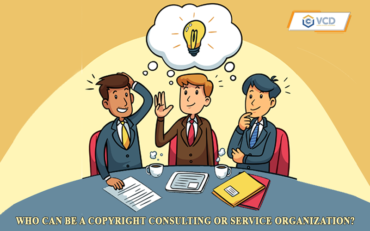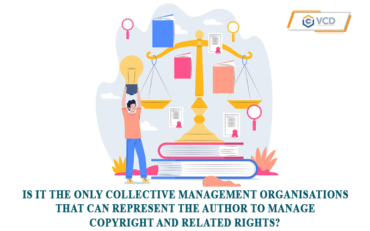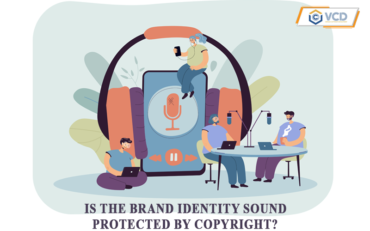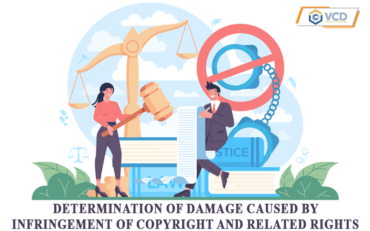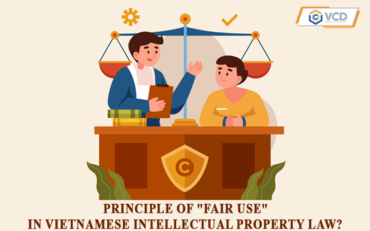Who can be a copyright consulting or service organization?
In case you encounter problems surrounding copyright or related rights, where do you usually turn for help? A law firm or a copyright company? Regardless of the company, the presence of the consulting and copyright service organizations mentioned above will help you. Therefore, Who can be a copyright consulting or service organization?
1. What is a copyright and related rights consulting and service organization?
Vietnam’s Intellectual Property Law does not stipulate the concept of consulting organizations, copyright services, and related rights, but is only determined through the scope of the organization’s activities. However, to become a consulting, copyright, and related rights service organization must meet certain conditions. According to Article 57 of the Intellectual Property Law, consulting organizations, copyright, and related rights services are the following organizations:
“1. Copyright and related rights consulting and service organizations are established and operated by the law.
2. Copyright and related rights consulting and service organizations carry out the following activities at the request of authors, copyright owners, and related rights owners:
a) Consulting on issues related to legal regulations on copyright and related rights;
b) Representing the author, copyright owner, and related rights owner to carry out procedures for submitting applications for registration of copyright and related rights according to authorization;
c) Participate in other legal relations on copyright and related rights, protect the rights and legitimate interests of authors, copyright owners, and related rights owners under authorization.”
To further clarify the above factors, Decree 17/2023/ND-CP was issued, which clearly defines the types of organizations that qualify to be considered copyright consulting and service organizations. Copyright, related rights, and state management mechanisms applied to consulting organizations, copyright, and related rights services.
2. Conditions to become a copyright and related rights consulting and service organization
According to Article 55 of Decree 17/2023/ND-CP, copyright, and related rights consulting and service organizations specified in Clause 1, Article 57 of the Intellectual Property Law include:
- Enterprises are established and operate according to the law on enterprises;
- Cooperatives and cooperative unions are established and operate according to the law on cooperatives;
- Business unit;
- Law-practicing organizations are established and operate according to the law on lawyers, except for branches of foreign law-practicing organizations, limited liability law firms with one hundred percent foreign capital, and private law companies. Limited liability law in the form of a joint venture between a Vietnamese law-practicing organization and a foreign law-practicing organization.
In addition, to become a consulting and service organization for copyright and related rights, the heads of organizations and individuals engaged in consulting and providing services for copyright and related rights in the organization must meet the following requirements: fully meet the following conditions (According to Clause 2, Article 55 of Decree 17/2023/ND-CP):
- Be a Vietnamese citizen, have full civil act capacity;
- Permanent residence in Vietnam;
- Have a university degree majoring in law.
3. State management mechanism for consulting organizations, copyright services, and related rights (Article 55 of Decree 17/2023/ND-CP Clauses 3, 4, 5, 6 and 7)
The state records copyright and related rights consulting and service organizations, specifically the specialized state management agency on copyright and related rights of the Ministry of Culture, Sports, and Tourism. Tourism (Copyright Department) will be recorded as a copyright and related rights consulting and service organization in the National Register of copyright and related rights consulting and services and published on the Internet. Electronic information page on copyright and related rights at the request of that organization after being considered and approved of the recognition request. Branches and other dependent units of organizations that meet all conditions may only do business in consulting, copyright services, and related rights in the name of the organization they belong to.
If a consulting, copyright, and related rights service organization (i) abandons or terminates the copyright and related rights consulting and service business; or (ii) that organization no longer fully meets the conditions prescribed in Clause 1, Article 57 of the Intellectual Property Law and Clause 2, Article 55 of Decree 17/2023/ND-CP as stated, then the managing agency shall The agency will delete the name of the consulting organization, copyright services, and related rights in the National Register of consulting, copyright services, and related rights. Name deletion will be announced on the copyright and related rights website.
On the other hand, organizations and individuals have the right to request the specialized state management agency on copyright and related rights of the Ministry of Culture, Sports and Tourism to delete the name of the copyright consulting and service organization, and related rights if there are enough grounds to confirm that the organization is no longer qualified to do business in consulting, copyright services, or related rights.
In addition, in case there is a change related to the information of a consulting organization, copyright service, or related rights, this organization must send a written notification of the changed content to the specialized management agency. State management on copyright and related rights of the Ministry of Culture, Sports and Tourism.
In addition, consulting and service organizations on copyright and related rights must implement a reporting and information regime for specialized state management agencies on copyright and related rights of the Ministry of Culture, Sports and Tourism annually or unexpectedly on consulting activities, copyright, and related rights services.
Above is the article “Who can be a copyright consulting or service organization?”. Hope this article is useful to you.

